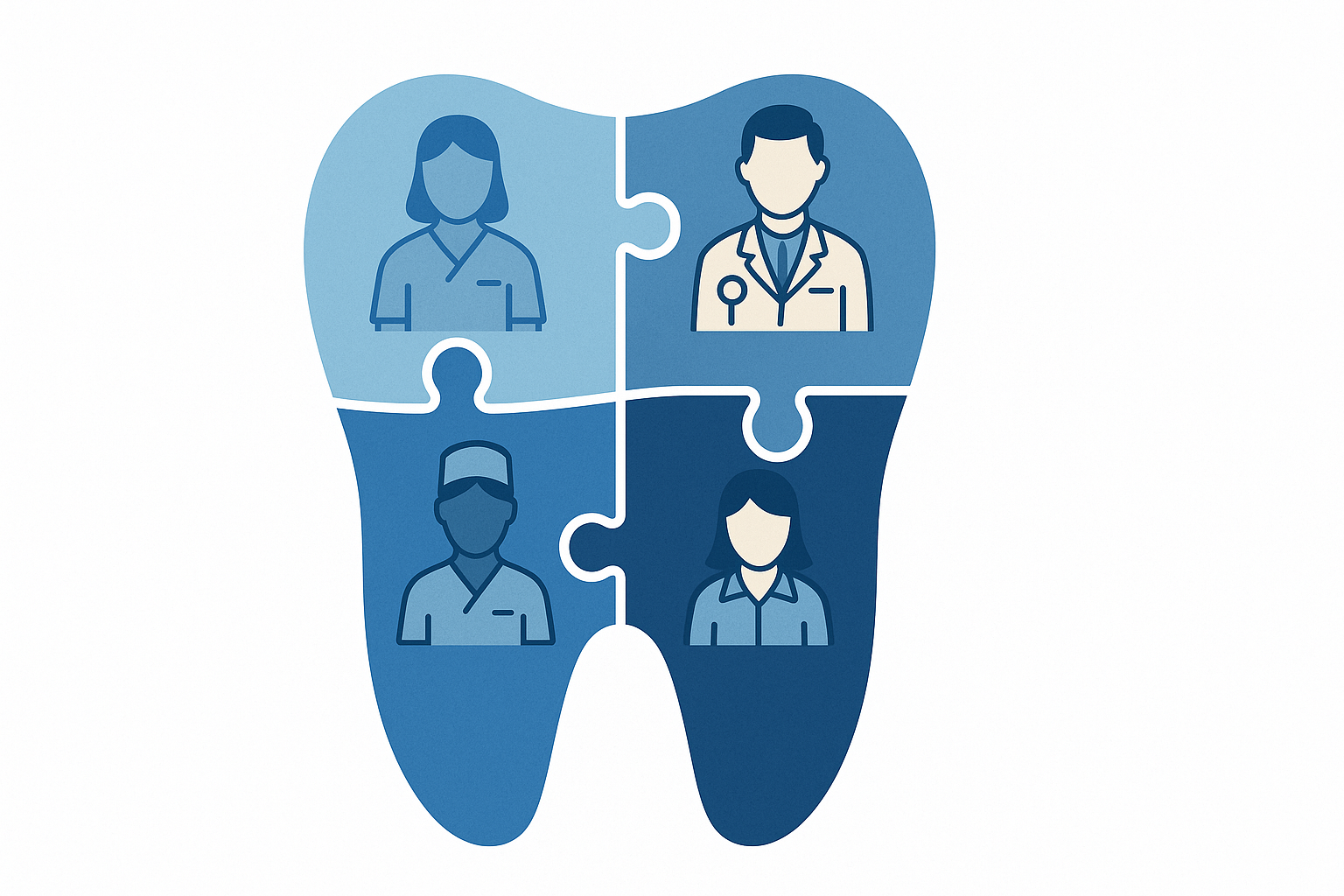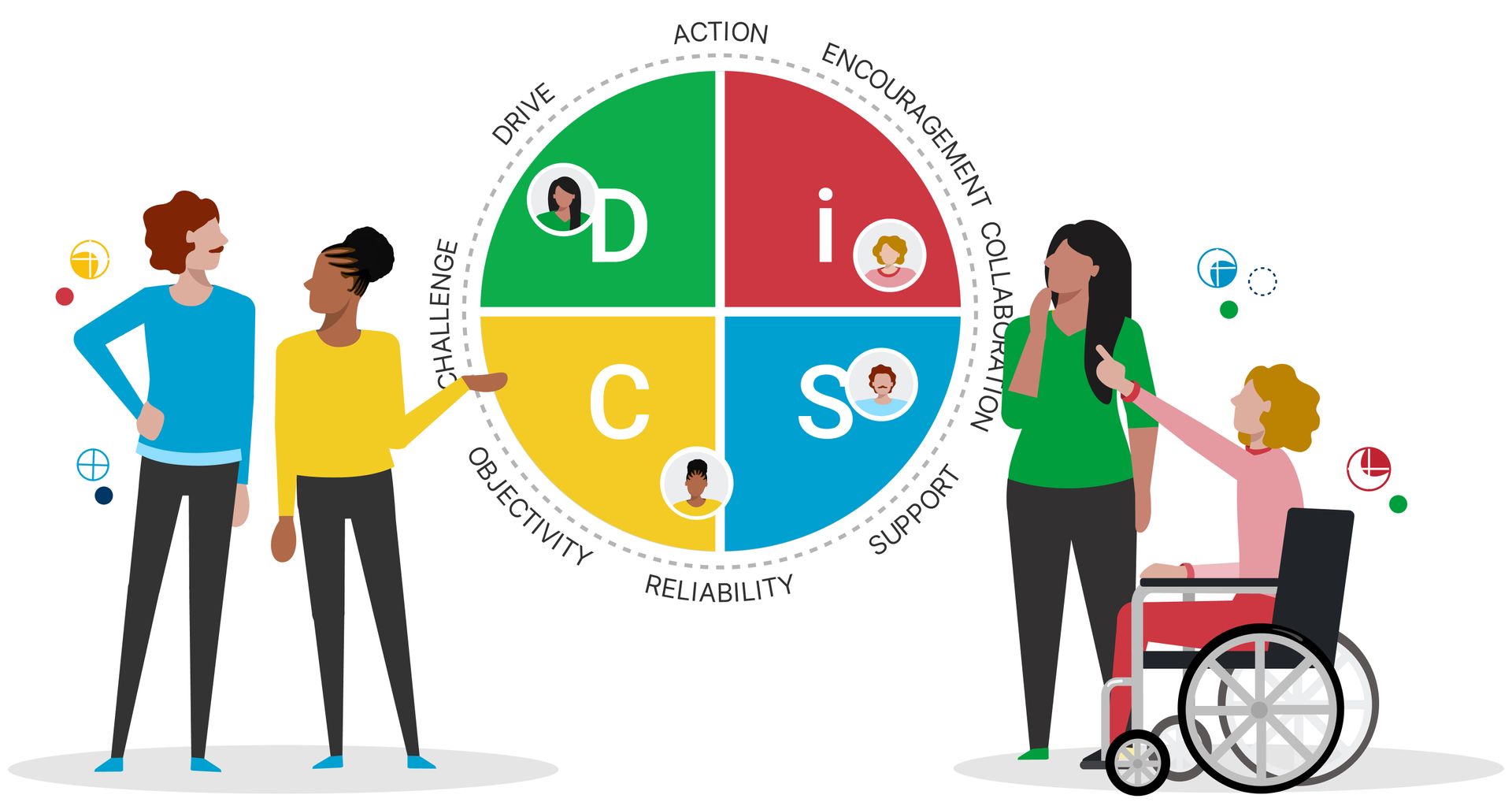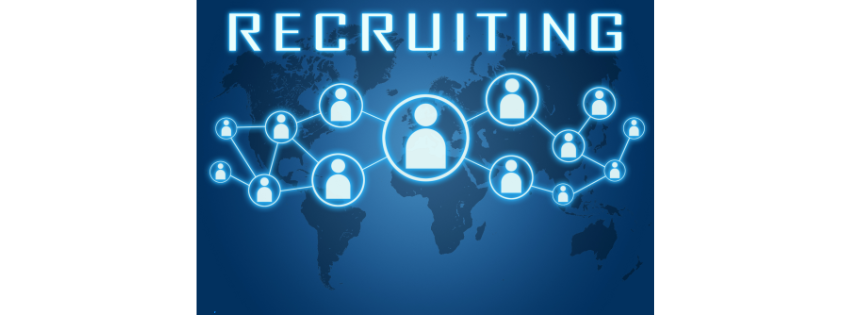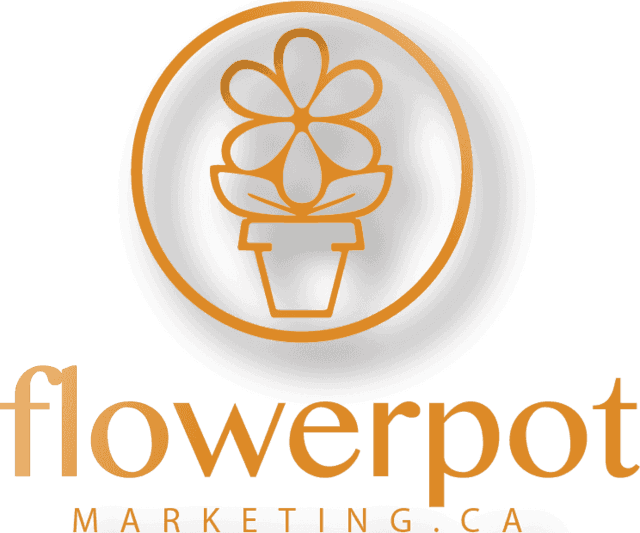By: Melissa Barlock
Who get's burnout?

As you may recall, burnout is a prolonged response to chronic emotional and interpersonal stressors at work, and is defined as having three dimensions: exhaustion, depersonalization, and a sense of reduced personal accomplishment. Now that we’ve gone over the history of burnout and discussed why it’s important as well as some of its consequences, you may be wondering: Who gets burned out? How common is it?
Are some occupations, such as dentistry, more conducive to it than others? And are some people more prone to developing it? The truth is that anyone can get burned out, but certain occupations, work environments, and personal characteristics do make it more likely. In fact Freudenberger, the psychologist who first described burnout in the scientific literature, recognized it as a serious problem when he noticed how common it was among staff volunteers at the clinic where he worked. By about the one year mark, many of them began exhibiting similar physical and behavioural signs and reported a number of symptoms, much like he was experiencing. They were all fatigued and many had trouble sleeping and experienced frequent headaches and gastrointestinal disturbances. They were also irritable and quick to anger and upset, sometimes even lashing out at patients. They also became excessively stubborn and inflexible, blocking progress and constructive change, and not completing work. In short, they all acted and seemed depressed, though it is important to note that burnout and depression are different, particularly in that the cause of burnout is work-related and symptoms improve when the source of stress is removed.
Freudenberger thought that burnout may be specific to occupations where one interacts with and responds to the needs of others (such as the free clinic for substance abusers where he worked), and to the type of people that choose to work in those professions, calling them “dedicated” and “committed,” leading them to give more of themselves than they have to give. Early work also focussed on these “helping” professions, but has since expanded to all types of occupations, though there may be something to working directly with others that adds additional risk. In fact, there are newer additions to the original Maslach Burnout Inventory to assess burnout for individuals in various occupations. The MBI-Human Services Survey was designed for use with people working in the human services and health care, and the MBI-Educators Survey was developed for those working in educational settings. Both focus on occupations where workers interact extensively with other people and where personal relationships may be a part of the job (e.g., clients, patients, and students), and retain the three burnout dimensions mentioned previously: emotional exhaustion, depersonalization, and reduced personal accomplishment. For occupations that are not so clearly people-oriented, the MBI-General Survey was created, and the three components were revised to apply more generally: exhaustion, cynicism (a distant and negative outlook toward the job), and reduced professional efficacy.
Much research has been done on burnout in the medical profession, but there is an increasing amount of information available to those in the dental profession, including dental students. Because of Covid-19, the dental profession is perhaps under more stress than ever because of the increased risk of infection and financial and emotional pressures, and there are no indications that the pandemic will be relieved soon. Below I will present some of the factors that cause burnout and increase one’s susceptibility to it, including factors related to the individual such as personality characteristics and lack of resources, as well as factors related to the organization including work demands.
To be continued…
Enspire Dental Opportunities is looking forward to working with you.












